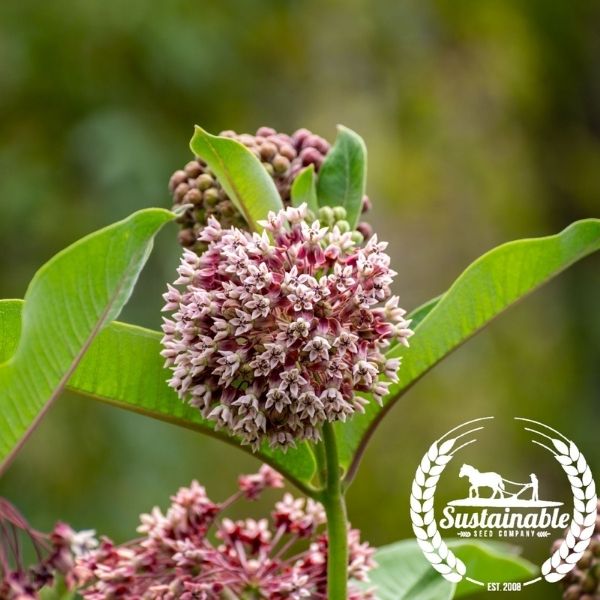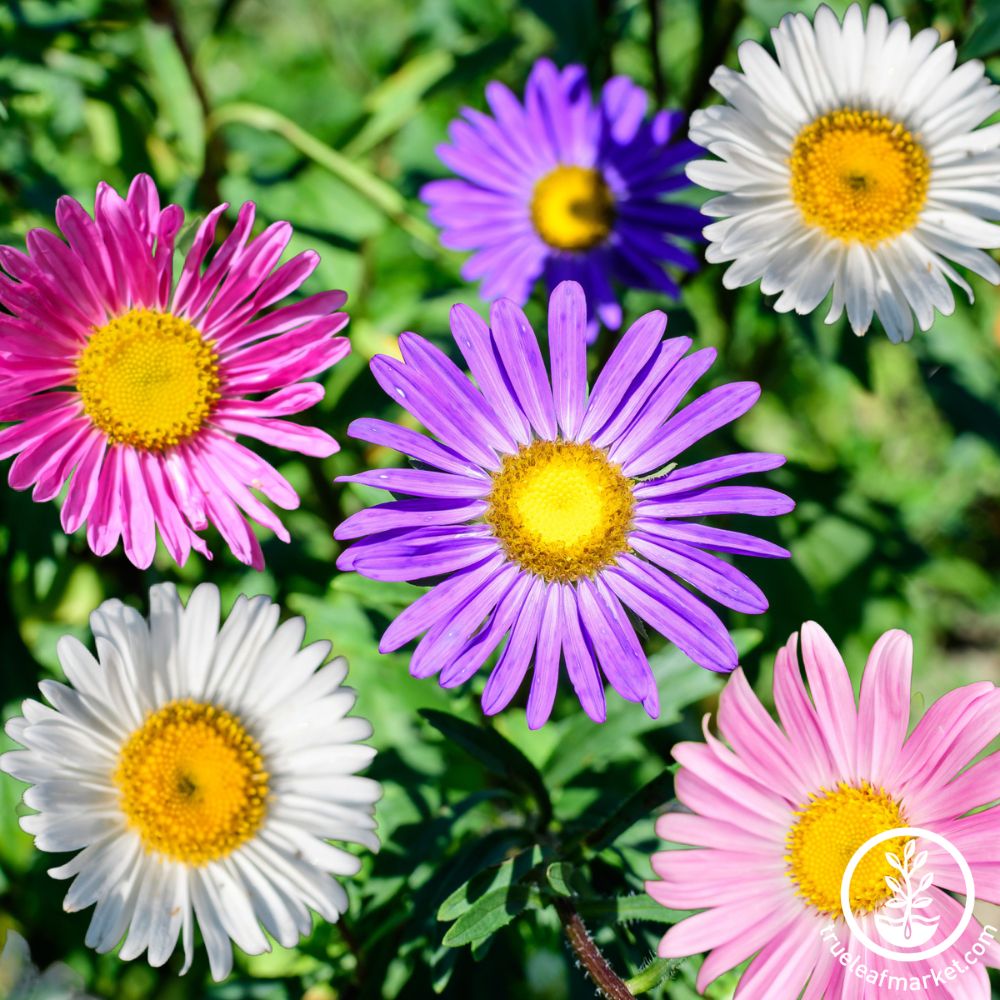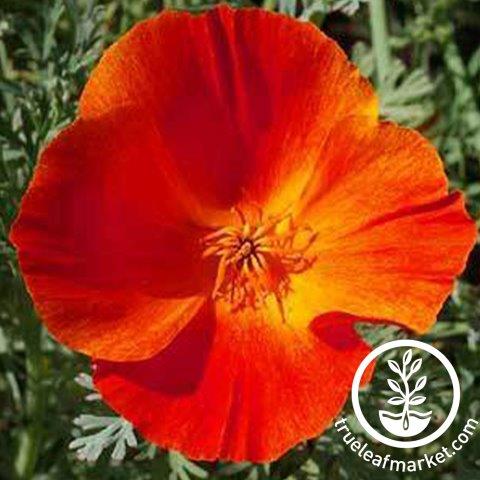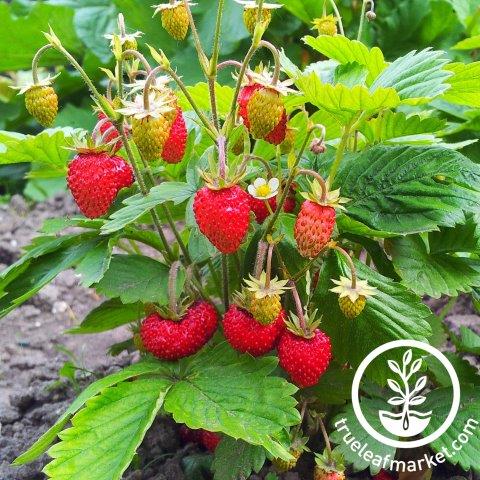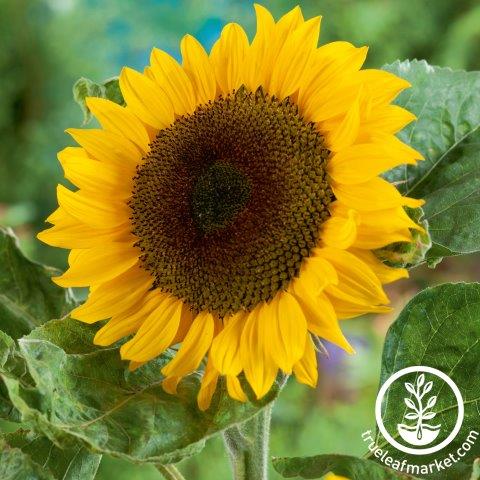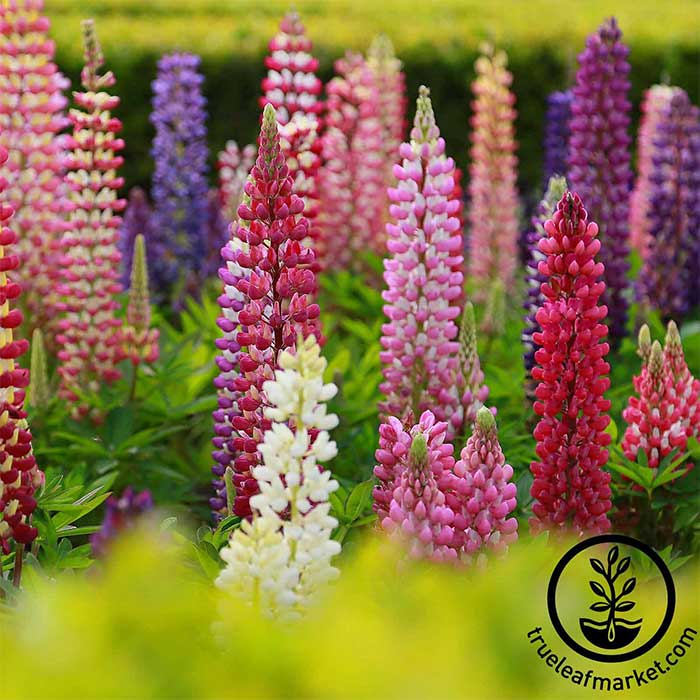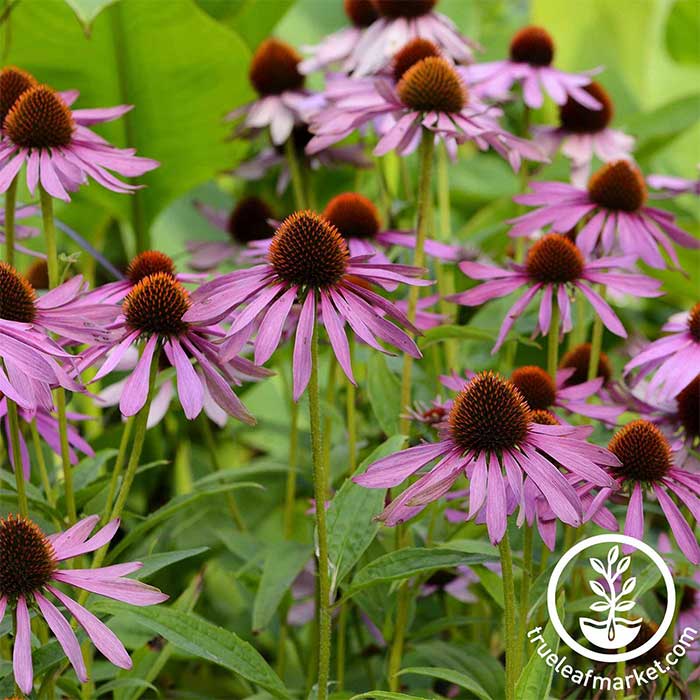
Ashleigh Smith

 |
Written By Lara Wadsworth |
Conventional gardening with rows of vegetables and neatly sectioned cut flower gardens is a thing of the past. We have learned that gardening with nature is better than attempting to control it. Even if you want a neat and tidy garden and landscape, using mainly native plants is a fantastic way to get the best of both worlds. We wonder what we are doing wrong when our gardens are targeted by pests such as aphids, thrips, spider mites, and slugs. The answer is to plant more natives! Native plants attract beneficial insects which help to keep things in balance. Without a home for native predatory insects, pests thrive and take over without friction. Put down the harmful pesticides and ineffective “band-aid” fixes. Plant natives and build the future. The following is a list of plants native to the Pacific Northwest that are known to attract various beneficial insects. I hope this can guide you in your efforts to garden in harmony with nature and welcome these fascinating creatures into your world.
Western Yarrow (Achillea millefolium)
Yarrow is widely distributed throughout North America, including the Pacific Northwest. It is known for its ability to improve soil quality and for its use in herbal medicines. The dainty white flowers attract ladybugs, hoverflies, and parasitic wasps. Ladybug adults eat aphids, but their larvae are the friends that you don’t invite over for dinner. They eat everything! You do want them in your garden, though. By “everything,” I mean basically any pest they find on your plants. This includes aphids, scale, spider mites, mealybugs, thrips, and more. Moreover, it is incredibly easy to grow from seed and thrives in drought and poor soil conditions.
Milkweed (Asclepias syriaca)
This species is specifically native to Oregon, but there are various Milkweed species native to the Pacific Northwest more generally as well. Milkweed is widely known as the only plant on which Monarch butterflies will lay their eggs, which is critical to their populations. However, it also attracts predatory and parasitic insects such as assassin bugs, minute pirate bugs, and chalcids. Assassin bugs only assassinate other insects, so don’t worry! Despite the scary name, they are great friends to have to help control infestations.
Alpine Aster (Aster alpinus)
These cheery blooms, which can be purple, blue, or white, can be seen through spring and early summer. Widely native in various alpine regions throughout the world, Alpine Asters are well-adapted to rocky soil and sunny hillsides. They attract pirate bugs and lacewings to the garden. Pirate bugs target caterpillars, insect eggs, scale insects, thrips, leafhoppers, and more. Alpine Asters are perfect for rock gardens and can handle the cool temperatures of the Pacific Northwest.
California Poppy (Eschscholzia californica)
As indicated by the name, the California Poppy is mainly found in California. However, it is also native to the dryer regions of the Pacific Northwest generally. Known for its iconic orange and red flowers, it blooms from late winter clear into summertime. Poppies attract a variety of pollinators and predatory insects, such as hoverflies and soldier beetles, which help to control mites, aphids, scale insects, thrips, and small larvae. They are easy to grow, drought-tolerant, and thrive in poor soil conditions.
Strawberry (Fragaria spp.)
Have you ever heard of edible landscaping? Strawberries are an incredibly versatile plant and not just for the fruit! Yes, the fruit is delicious, but the plant itself also attracts hoverflies and ground beetles which help to control populations of whiteflies, scale, leafhoppers, aphids, mites, and unwanted beetles and bees. There are various species of Strawberries native to the Pacific Northwest and they are generally very easy to grow!
Blanket Flower (Gaillardia aristata)
Orange, red, and yellow, these daisy-like flowers are absolutely stunning. Blanket flowers are native to Northwestern Prairies and work perfectly for the garden's hot, sunny, and dry areas. Drought tolerant once established, Gaillardias attract ladybugs and parasitic wasps, which target aphids, mealybugs, caterpillars, grasshoppers, leafhoppers, and whiteflies, among others. Blanket flowers are remarkably easy to grow and make a wonderful garden addition.
Sunflower (Helianthus annuus)
Widely known and loved around the world, sunflowers are native throughout North America and play an important role in the ecosystem wherever they are found. They attract predatory bugs such as lacewings and parasitic wasps, which, between the two, target essentially every garden pest! Available in many sizes, habits, and colors, sunflowers are easy to grow and attract birds in the fall.
Large-Leaved Lupine (Lupinus polyphyllus)
Lupine is a classic Western American flower and is also native to the Pacific Northwest! Attractive to a wide range of predatory insects and pollinators, Lupine is moderately easy to grow. It needs to experience scarification in order to trigger germination which might sound intimidating but is quite simple. Lupine is a nitrogen fixator and improves soil fertility for other plants. Blooming from late spring into early summer, Lupine is a must-grow for western gardens!
White Clover (Trifolium repens)
This is the only plant on the list today that isn't truly native to the Pacific Northwest, yet it is still worth a mention. White Clover, also known as Lawn Clover and Dutch Clover, is naturalized worldwide. Although it has a bad reputation for being a lawn weed, it is a fantastically beneficial plant. It is an absolute magnet for a variety of beneficial insects, including parasitic wasps, tachinid flies, bees, and ground beetles. These insects prey on common garden pests like aphids, thrips, and caterpillars. Besides beneficial insects, it is also a nitrogen fixator. This means it decreases the amount of nitrogen fertilizer that will need to go into the soil to keep the plants green and healthy. Although it can become invasive in some situations, that is why biodiversity is so important. If you only plant clover, it will take over! But, if you interplant it with many other resilient wildflowers, it can become a valuable tool in your garden.
Western Coneflower (Rudbeckia occidentalis)
A close cousin of the famous Black-Eyed Susan, the Western Coneflower is unlike any other flower! It blooms with bracts (leaves disguised as petals), and although it does not bloom as brightly as other popular wildflowers, it is an interesting and important addition to any garden. The flower's structure is more conducive to attracting specific pollinators than predatory beneficial insects. However, the plant can still support a healthy ecosystem by providing habitat and nectar for various pollinators, which indirectly helps manage pest populations by supporting predator insect populations.
There are many reasons to plant native flowers. Besides their beauty, they add to an area's biodiversity and encourage important insects to work together to prevent infestations and crop loss. Planting these and other native flowers in your garden will reduce pests, encourage pollinators, and beautify your space. Remember: Biodiversity is key!
Much of this article's information regarding Pacific Northwest wildflowers and beneficial insects came from Mark Turner and Washington State University.
 |
Lara Wadsworth, True Leaf Market Writer |
I am a native of Southwestern Michigan, where I also reside, and I love all things plants! I got a Bachelor's Degree in Horticulture and found the first work-from-home job I could get. Now, I spend my days writing for TLM, playing with my dog, eating delicious food with my husband, and plotting my next landscape or gardening move. I believe everyone should get down and dirty in the soil now and then. Happy Gardening!
About the Author

I'm Ashleigh Smith, a native to Northern Utah. I first gained a love of gardening with my grandmother as I helped her each summer. I decided to make a career of it and have recently graduated with a Bachelor's degree in Horticulture from Brigham Young University - Idaho. My studies have focused on plant production while I also have experience in Nursery & Garden Center Operations.
Become a True Leaf Market Brand Ambassador! You’ll enjoy awesome perks, free products and exclusive swag & offers! Help us create a gardening revolution and help others experience the joy of growing!
Leave a comment
Your email address will not be published. Required fields are marked *
1 comments
Dee Garvey
a daughter in Kentucky just emailed me about the excessive rain this spring, turning her yard into a waterlogged mess. I am forwarding your article on making a rain garden in the lower part of the yard, I think you have a perfect spot for one. I enjoy your articles and have used many of the suggestions myself. Thank you for such informateve and through articles.
Further Reading

Women in Agriculture
March is recognized as Women’s Month, with March 8th, 2025, also being recognized as International Women’s Day. To celebrate, we wanted to highlight some key contributions made to the fields of Agriculture and Horticulture by notable women. While women...

Ashleigh Smith
2025-03-038 min read0
The Beauty of Regional Wildflowers
Written By Lara Wadsworth What goes through your head when you see a wildflower? Probably something about how beautiful and amazing it is, right? While wildflowers are impressive earthly adornments, their significance extends far beyond beauty. Flowers...

Ashleigh Smith
2025-02-278 min read2
March Planting Guide By Zone
Written By Lara Wadsworth March is the month that most people equate to spring, or at least the promise of spring. Temperatures are steadily warming up (whatever that means for you), and while the northern zones are likely to experience lots of cold an...

Ashleigh Smith
2025-02-2511 min read0
February Planting Guide by Zone
Written By Lara Wadsworth My least favorite month of the year is February. As I am writing this, we are deep into it. What I love least about it is that we have already endured a long winter season, and yet it is far from over. I live in Southwest Mich...

Ashleigh Smith
2025-02-1811 min read0





